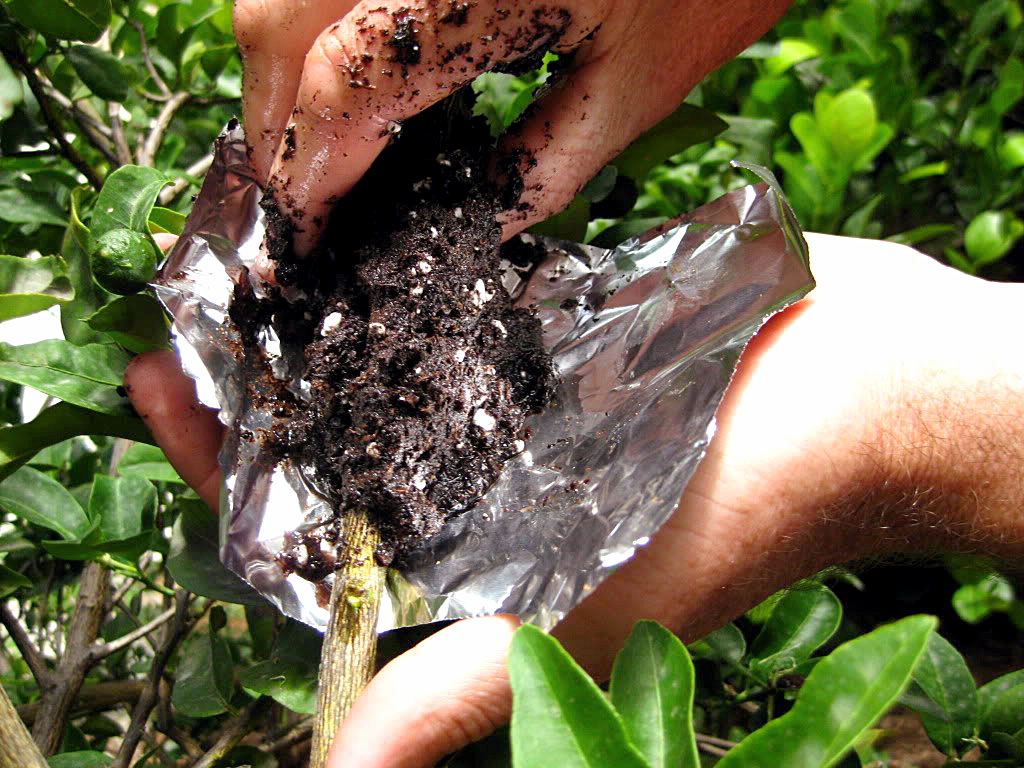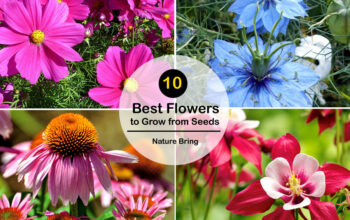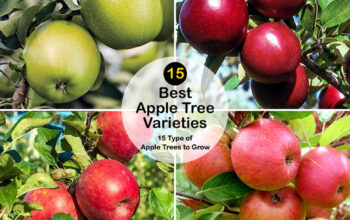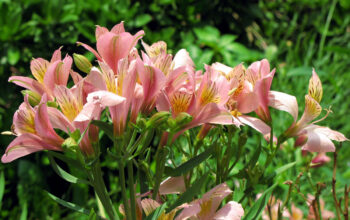Air layering propagation
Learn How to propagate your plants by Cutting, Air layering plants and more information about plant propagation. It is very easy to propagate any plant by cutting.
This system of propagation is most commonly used. There are lots of plants, which come into contact with soil or water, and then the entire plant gets ready. Yes, but a better growth of any cuttings is done in soil or potting mix. You can also use sand or perlite in order to do better. But keep in mind for cuttings needed better drainage; otherwise, it will rot after its root exit.
Use root hormones for you to get out root early. There are some types of plants whose roots are fast; you can plant the cutting of such plants without hormones. You can use Cinnamon powder as root hormones too.
Plant propagation is mainly made in two parts
- Sexual propagation
- Asexual Propagation
1. Sexual propagation:
Sexual propagation is a very easy and simple method. This propagation occurs through the seed, which is different from the parent plant. Seed is formed only after pollination, after fertilization, seeds are formed which are used to sow and form new plants. Since it involves both male and female plants, it is therefore called sexual. Young plants originated from seeds are either somewhat different or have special characteristics for parents.
2.Asexual propagation:
Asexual propagation is the most convenient and the best way to preserve the species. These plants produce cloned plants which are similar to their parents in seeing. In this type of propagation, by cuttings, air layering and budding or grafting are prominent. In the cuttings, the stem of the original plant is divided into several pieces, in the layering, a part of the parent plant is involved, the two plants are mixed in the grafting and budding.
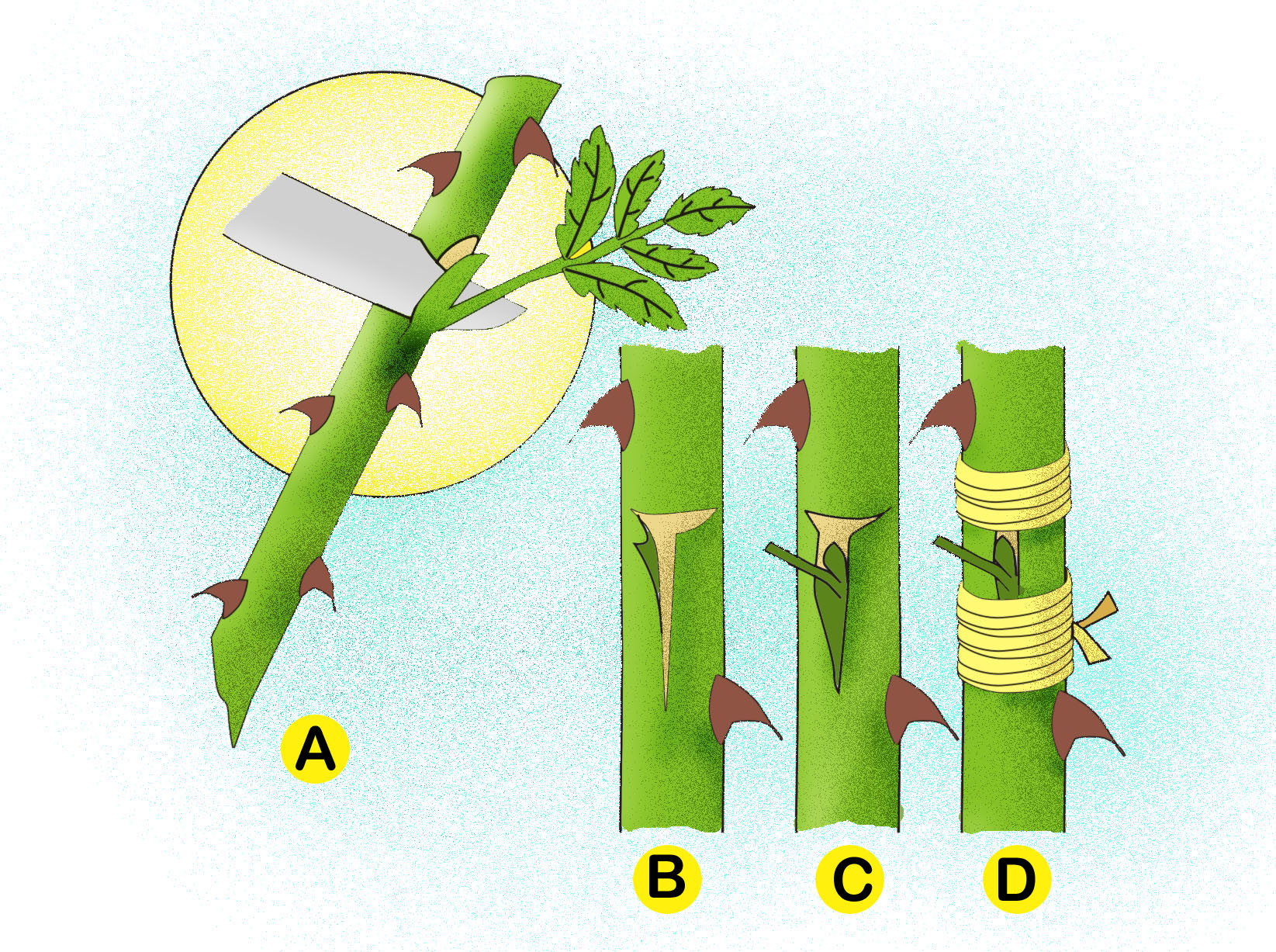
Propagate by cuttings
In such a place where plants are not produced by seeds, this method is considered to be the best. This method is also called a vegetative propagation method. Cutting is a small piece of the parent plants, in which we can incorporate the root of the plant, stem, leaf, etc. Both plant herbaceous and woody plants can be promoted by cutting.
This cutting gives birth to a new plant after some time. For this, cutting is collected from the parent plant with the help of a sharpened knife.
To prevent the cutting from the infected plant, use the tool to rubbing alcohol or use part bleach and a mixture of nine parts water. Separate flowers and buds from cutting, from which they use their carbohydrate and energy to extend the root and shoots instead of encouraging fruits and seeds.
Read more about softwood cuttings
- It is best to take softwood cutting in late spring while hardwood cutting when the plant is in dormant condition when fall or winter.
- Most of the cuttings are 3 to 6 inches long, which are cut down by 45 degrees. Before putting the cuttings, all the leaves below should be removed.
- After this, a coating of rooting hormones, which is cut from the 45-degree lower surface of the cuttings.
- The cutting should be put in the potting mix, which contains sand and perlite mix.
- Water sparingly to plant, it makes good contact with the medium of the plant and helps in providing moisture in it.
- To maintain the plant moisture, cover the pot with a plastic sheet.
- Place the cuttings in such a place where bright light and indirect light come in. Find it more.
Leaf Cut propagation
Many indoor house plants; woody plants and some herbs are well propagated with leaf cuttings. For this a leaf and a leaf and stem and sometimes half leaf give a new plant. Propagation by Leaf is similar to softwood and hardwood cuttings that can be done any time of year.
Propagate by root Cutting
When the plant becomes inactive, the root of the plant is filled with carbohydrates; you can convert such roots to a new plant. Take 1 to 4-inch length of young roots, which is about 1/2 inch thick. Cut the root near the stem directly, and cut the root from the angle on the other side. This will remind you of which side is cut off from the angle and on which side straight. This is important because if you put it upside down, then the roots will not grow.
Propagate by Air Layering
It is used in late spring or early summer, it is done with perennials like rosemary and sage. Another easy way to propagate the plant is to produce a new plant without separating it from the parent plants. It can also be used by the novice gardener and get the best result.
Although it is easiest to grow plants from seeds, this technique takes the most time to form the plant. With the Air layering method, new plants are born of the parents’ species; these plants are all the qualities of their parents.
What is air layering?
It is seen in many places that some plant touches the ground, and at the place where it comes in contact with the ground, it gives birth to the new plant. In such jungles, it often happens naturally. It is an asexual process, so parents’ inherited genetic qualities are in the new plant. After the new plant gets out of root, you can separate it.
Layering is the most successful way of growing a new plant. It is done in many ways, such as simple layering, tip layering, compound layering, mound layering, and air layering. In which air leasing is a very popular way. See for more information.
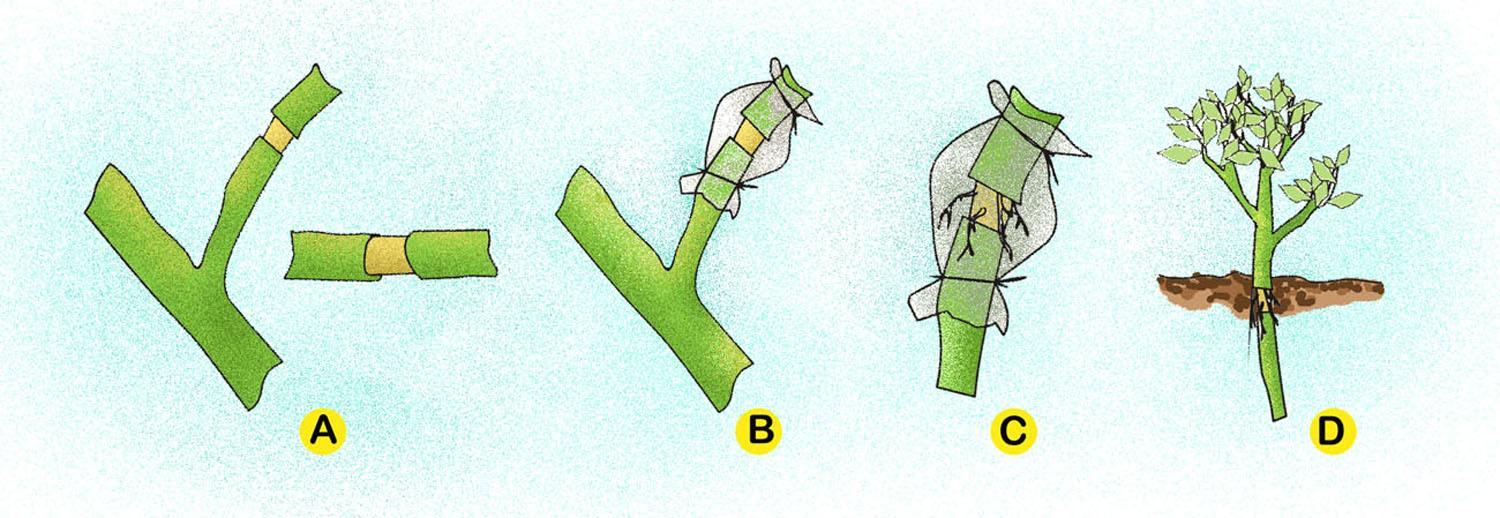
How to do Air layering?
Air-layering is a very simple technique. It is useful for plants which cannot be developed by the cuttings. Shrubs, trees, and climbers are some plants for which unsuitable for air layering.
- Choose a 2-year-old plant for air layering, which is completely healthy and straightforward, choose
- 30-centimeter section.
- Make a cut (wound) in the stem with a sharp knife (picture 03)
- Lay the rooting hormone compound over the wound in the stem.
- Cover the moist sphagnum moss around the wound.
- Cover it with black plastic and seal it well with the help of rope or tape.
- Leave the wrapping for one year. From time to time, opening the wrapper, check for the symptoms of the root.
- When you see strong roots, remove the plastic wrapper.
- Then add potting mix in any pot and plant it, add the appropriate fertilizer. Read more.
Air layering propagation for best plants
To create root in the air, moist environment is required. The main plant is not damaged by this kind of propagation because you do not separate any stem or another part of the main plant.
Tropical indoor plants, herbs, and woody outdoor plants give good results of the air-propagation promotion. Magnolia, Holly, azalea, camellia, apple, pears, walnuts, pecans and citrus are rooted in the air. Using this technique gives excellent results on these plants. A good example is Gulab, besides Forsythia, Honeysuckle etc. is a successful candidate.
Propagate Bulbs or corms
Apart from this, there are some plants that are propagated by the parent plant bulb. Place this bulb in the light rich soil, you can develop it for two to three years. Another method, which is prevalent in non-lunatic bulbs. It is from a plant like Lily, which is known as scaling. When choosing a bulb, keep in mind that it is healthier, do not touch the old roots.
Read also:
How to grow Black Pepper. Blue Chalk sticks growing. Jasmine growing and caring tips. How to grow Custard apple in containers. Growing grapevine in containers. Growing Rosemary plants. Microgreens growing and caring. Best containers for your plants. Growing Banana tree in containers. Propagate your plants from cuttings. Allamanda cathartica growing and caring tips. Beetroot growing in containers.
For pin:

